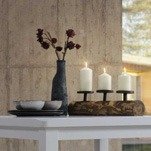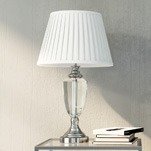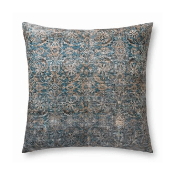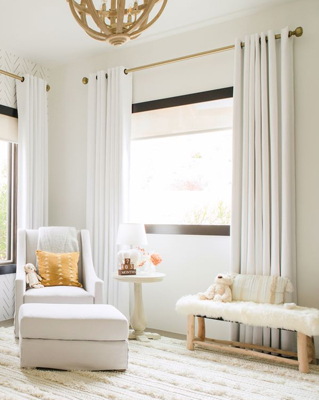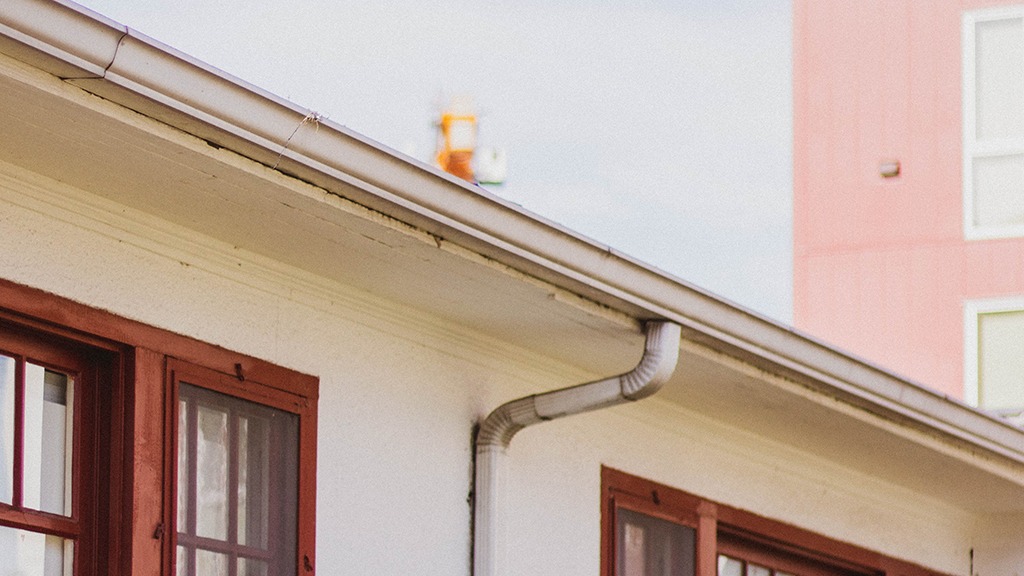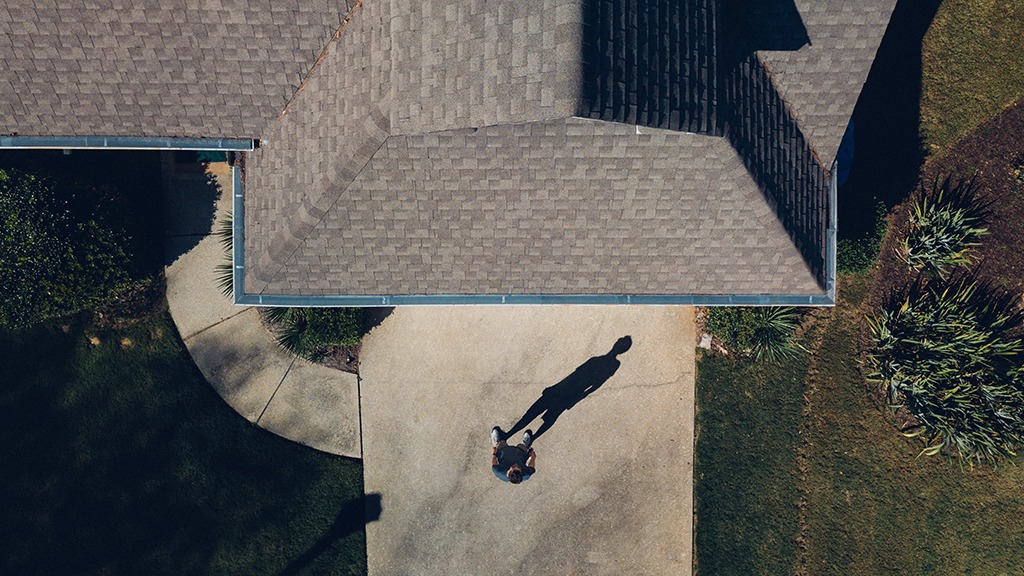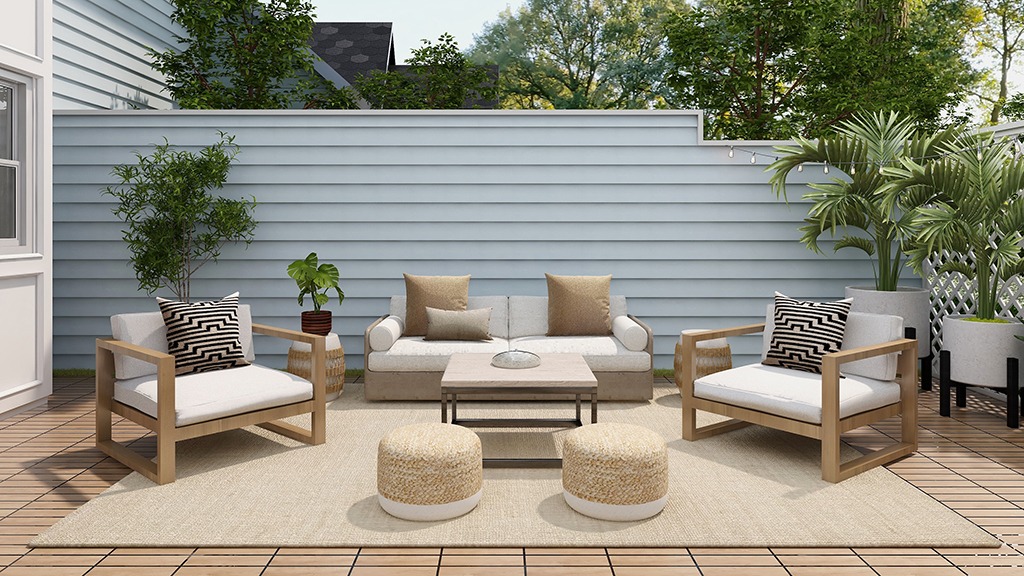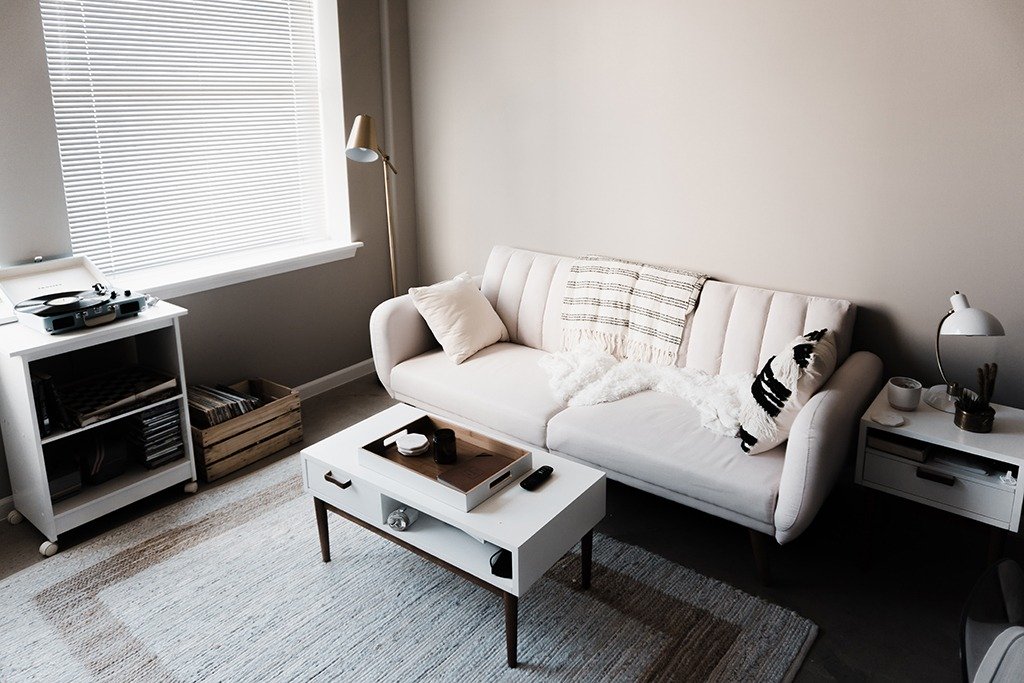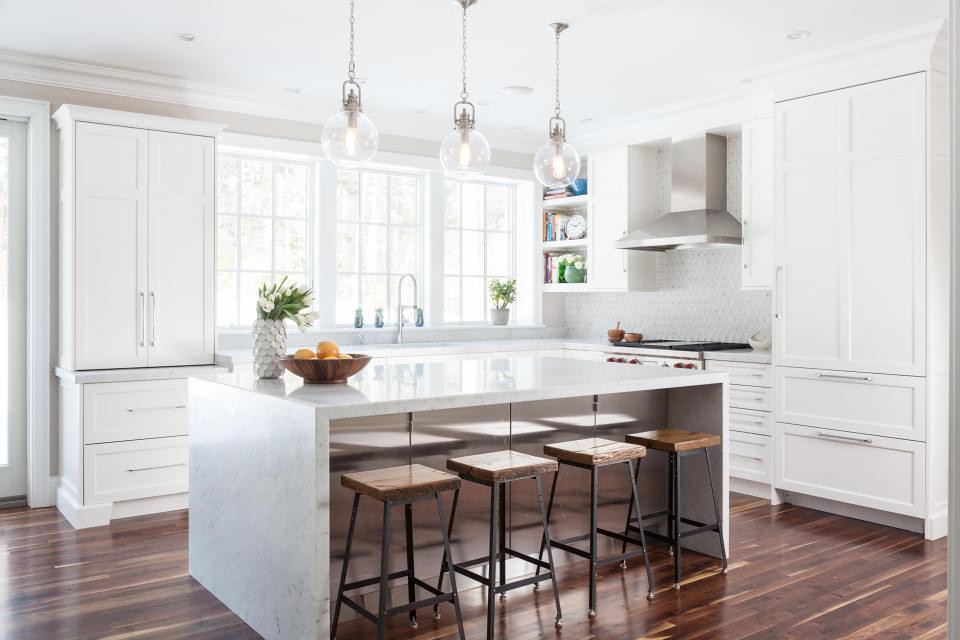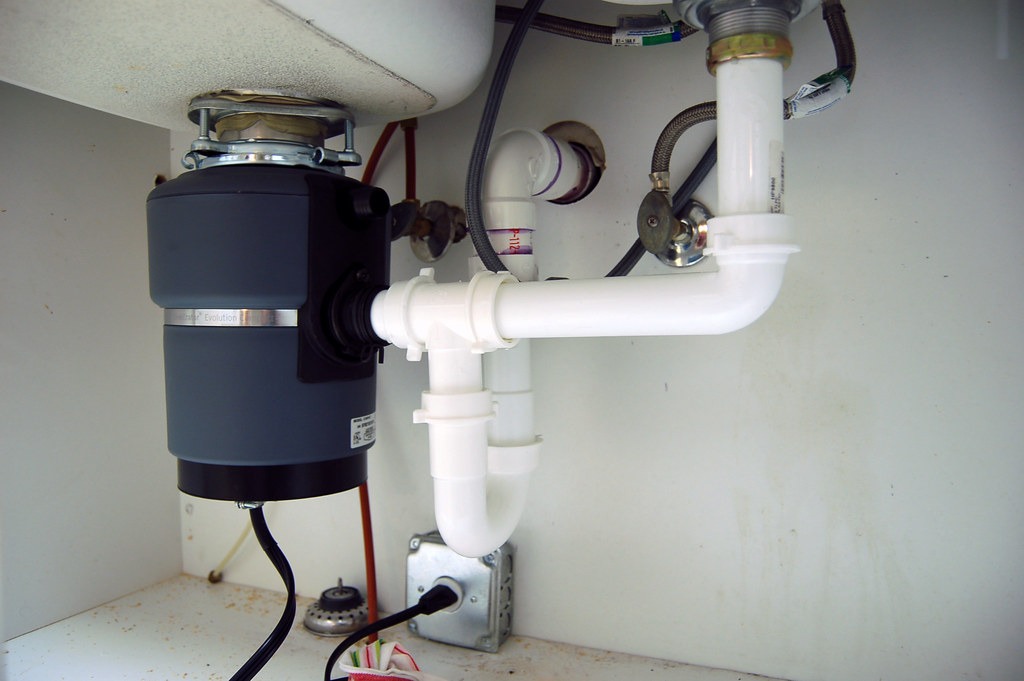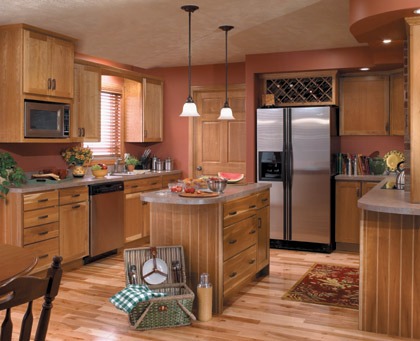Have you given thought to the areas where your lawn, walkway, or patio meet another area? To be honest, lawn edges, as they’re called, never even crossed my radar until recently. Unfortunately, I demolished a beautiful patch of newly-bloomed daffodils because, during a weekly lawn mowing session, 1. I got distracted by the sights, smells, and sounds of spring and 2. My yard lacks properly-placed landscape edging borders.
While I can’t be blamed for getting lost in the thought of warm weather and lush landscapes, I can take some blame for the lawn edges. Which lawn edging ideas will work for my property? I wondered. It turns out, there are many options out there, depending on price point and the look you’re trying to achieve.
Check out this list of 25+ landscape edging ideas you can use to separate your lawn from walkways, patios, garden beds, and more, and find one or more techniques that work for you.
Lawn Edge Options
1. Plastic
Plastic landscape edging is relatively easy to install and one of the most affordable lawn edging options.

Photo by Ritta Rina on Shutterstock
Similar to metal and rubber varieties, plastic edging often comes with small stakes or an angled bottom that you pound into the lawn with a rubber mallet or push down into the soil with your hands. In most cases, you’ll have to choose between interlocking individual edges or long connected spools.
The biggest benefit of plastic edging, aside from cost, is that it’s easy to shape. If you anticipate accommodating lots of curves and sharp angles, this is a fine choice.
Cost: $-$$
Effort: Low
2. Rubber
The majority of rubber lawn edging is manufactured to resemble stone or concrete, but has notable durability. Most products are designed to either lay flat on the surface of the ground or secured with the help of small stakes. Rubber is naturally very moldable and is the perfect material if you have to maneuver around landscaping curves.

Photo by romakoma on Shutterstock
If you’re looking for an eco-friendly edging option, search for a rubber edging product made from recycled tires.
Cost: $-$$
Effort: Low
3. Metal
While it’s similar in design to plastic and rubber edging, metal lawn edging is usually made of aluminum or steel. It doesn’t look as “flimsy” as plastic and some types of rubber, so it’s preferred by many homeowners.

Photo by Pixabay on Pexels
Metal is also considered a timeless, classic option. It’s effective at distinguishing spaces, is affordable, and can be installed practically anywhere.
Cost: $-$$
Effort: Low
4. Wire
Wire garden edging adds a highly decorated touch to your yard. The wires are often configured in curved shapes, and either come in rolls or small segments.

Photo by Peter Turner Photography on Shutterstock
While wire doesn’t necessarily provide superior protection from weeds or overgrowth, it does act as an effective barrier to separate, distinct areas, such as a garden or landscape bed from the lawn.
Cost: $$-$$$
Effort: Low
5. Brick
Brick works well surrounding historic properties or forking from a pathway made of brick pavers. It’s stackable and comes in a variety of hues.

Photo by shadowfirearts on Pixabay
If you’re interested in incorporating a unique look to your landscape edge, consider flipping your brick or stone over and placing it up upright to create a taller edge. Because bricks are relatively thick, it’s important to dig into the ground to ensure the edge’s stability. Investing in an edger shovel can help improve your efficiency.
The cost of brick depends on the style you choose. Before you invest in a pallet of new brick, perform an online search within your community for free or low-cost salvaged bricks.
Cost: $$-$$$
Effort: Average
6. Stone
For a classic or decorative look for your landscape edging, stick a natural material like stone. The shape, color, and size of stone vary depending on the look you’re going for.

Photo by karamysh on Shutterstock
Medium-sized river rock is a great addition when you’re creating a border separating your lawn from a small creek or pond. Smaller pebbles laid out in a 6”-8” wide strip, also work surprisingly well at controlling weeds.
Cost: $-$$$
Effort: Average
7. Manufactured Stone
Although it’s not as expensive as natural stone, manufactured stone is just as aesthetically pleasing. Manufactured stone, which are also called either “man-made stone” or concrete edging stones, contains a mixture of concrete and other additives which give the appearance of real stone.

Photo by Kellis on Shutterstock
Both are equally as durable and long-lasting. However, a manufactured stone cannot be altered (shaped or cut) like natural stone, and it is prone to fading from sunlight over time.
Cost: $$
Effort: Average
8. Corrugated Steel
If you’re a fan of the industrial look of corrugated steel, then consider using it as an inexpensive landscape border idea. Purchase large sheets of corrugated steel and trim them down to your preferred size, or select pre-cut pieces.
Use a lawn edger tool to create a small divot in the ground, and place the corrugated steel securely in place.
Cost: $-$$
Effort: Low
9. Poured Concrete
Poured concrete is an ideal lawn edging idea to keep grass out of your landscape beds. However, it’s one of the most permanent lawn edge solutions.

Photo by Zidane Brooks on Shutterstock
Using poured concrete involves careful planning. Be sure you map out where you plan to pour the concrete and consult with a landscape architect if you have any hesitations.
If it’s a small job, you can probably do-it-yourself. However, if you plan to edge your entire yard, it may be helpful to split the project into segments or hire additional help.
Cost: $-$$
Effort: Difficult
10. Concrete Blocks
Concrete blocks stack well (similar to brick) and provide a very natural look. Many bricks, stones, and concrete blocks are pre-shaped, meaning all you have to do is purchase and place them down.

Photo by rawmm on Shutterstock
These blocks aren’t as permanent as poured concrete but they still provide a sturdy border.
Cost: $$
Effort: Difficult
11. PVC
PVC is one of the best cheap landscape edging ideas, are there are many ways to utilize it. For starters, you can cut the PVC pipes of your preferred width and line them up side by side. The cuttings can either be the same height to give a uniform look or varied heights if you prefer a certain pattern or design.
Before you paint the PVC with waterproof spray paint of your choosing, lightly sand it and apply a primer coat.
Another way to use PVC pipes for landscape edging is to cut the pipes right down the middle, splitting the pipe into two half-moon shapes. From there, you can place the halves directly onto the ground and either just paint them, or cut round holes and plant flowers right in the PVC.
When it comes to PVC pipes, the sky's the limit!
Cost: $
Effort: Low to Average
12. Flowers
Are you looking for a natural transition from your lawn to a garden bed? Then skip the metal or plastic edging and go straight to the nursery!

Photo by Elena Elisseeva on Shutterstock
While you’re there, browse the selection of flowers-- particularly bulbs, and low-lying shrubs. These act as a great natural edge (as long as you don’t get distracted and mow them over, of course).
Cost: $-$$
Effort: Low
13. Tall Grasses

Photo by Alpha Stock on Alamy
Along the same lines as flowers, tall ornamental grasses are another superb natural landscape edging idea. Varieties like monkey grass, lemongrass, needle grasses, and pampas are dense enough to limit the growth of unwanted low-lying grasses and weeds, and many live well beyond the spring and summer months.
Cost: $-$$
Effort: Low
14. Mulch
Mulch is a simple, affordable, and easily obtainable lawn edge product that you may already have at your home. However, mulch isn’t a foolproof way to handle weeds. In fact, you should take extra precautions if you plan to edge your lawn with only mulch.

Photo by Artazum on Shutterstock
According to Amanda Schneider of Nashville, TN’s Weeding Woman, “I prefer to cut a sharp edge with a good border shovel and finish with a dye-free hardwood mulch.”
For longer lasting results, put down a layer of landscape fabric secured by landscape pins. Cover that fabric with your preferred mulch of choice, such as pine needles or hardwood pieces.
Cost: $
Effort: Low
15. Bamboo
Prepared bamboo landscape edging comes in lengths ranging from 18” to 36” +. These sheets are easy to install and come in different colors and patterns. A staggered look is extremely popular and favored by many bamboo aficionados.

Photo by jkcDesign on Shutterstock
If you’re willing and able to put in the effort, it’s also possible to create your own bamboo edging using solid bamboo pieces.
Cost: $-$$
Effort: Average
16. Logs
Does your property about a densely forested area? Has a tree recently fallen in your yard? If you’re knee-deep in tree limbs and logs, repurpose them as a lawn edge. Smaller logs can be placed directly at the border. For larger logs, you may want to cut them in half.

Photo by Deer worawut on Shutterstock
Log borders are particularly common around backyard firepits.
To prevent termite damage, which is bound to happen if you have dead, decaying wood directly on the ground, treat your wood with Borate.
Cost: $
Effort: Low
17. Bender Board

Photo by Paresh R. Makwane on Shutterstock
This hybrid product resembles wood lumber but is made of plastic. True to its name, bender board is ridiculously flexible and is ideal for edging ponds and decorative flower beds. As a bonus, it won’t rot, and it’s resistant to pests.
Cost: $$
Effort: Medium
18. Railroad Ties
Wooden garden edging is highly preferred by homeowners and gardeners. Garden sleepers, also known as railroad sleepers or railroad ties, are one of the most common types of wood products used to create defined landscape edging.

Photo by Artazum on Shutterstock
In terms of timber garden edging ideas, you have plenty of options. For starters, you can choose to stack mini sleepers on top of one another. These shaped pieces of wood are flattened on the top and bottom for easy installation.
For a larger choice, you can try a 4ft railway sleeper. Remember, these are heavy, so get a partner to help carry and then lay railway sleepers in the garden or your lawn.
Many wood garden edges are pre-treated with creosote, so try not to place them too close to your edible garden goodies!
Cost: $$
Effort: Difficult
19. Glass Bottles
Turn your used wine and glass beer bottles into something amazing using this creative garden edging idea. Simply collect as many bottles as you need, dig a 3”-5” deep perimeter where you want to place the lawn edge, flip the bottles upside down, and place them directly onto the ground.
Mix and match colors, shapes, and sizes to create a beautiful glass hodgepodge.
Cost: $
Effort: Low
20. Ceramic Tiles
If you’re anything like me, you have stacks of unused ceramic tiles from old renovation projects just sitting in your garage. Why not repurpose them?

Photo by icon0.com on Pexels
Lie the ceramic tiles flat, or arrange them in a vertical manner to add a bit more depth to your border. Going monotone will provide a definite classic look, whereas a mixing and matching of tiles will show your creative side.
Cost: $-$$
Effort: Low
21. Large Boulders

Photo by romakoma on Shutterstock
Large boulders are relatively expensive and difficult to install, but they look lovely as an edger to old growth trees, around ponds and in-ground pools, and around fire pits.
Cost: $$-$$$
Effort: Difficult
22. Flower Pots

Photo by kudla on Shutterstock
Arrange cheap clay pots along your boundaries for an original, natural design. Feel free to plant seasonal flowers in the pots, or arrange them on their sides for an unexpected look.
Cost: $
Effort: Easy
23. Decorative Pieces

Photo by Anna Biancoloto on Shutterstock
Line your lawn with decorations, old or new! Scour through the antique mall to find old picture frames, vases, and candle holders.
Cost: $-$$$
Effort: Variable
24. Woven Barriers

Photo by romakoma on Shutterstock
Amanda, an expert in woven barriers, offered up some tips for those interested in this edging. “The key to constructing a wooden edge or fence is choosing the right kind of wattle. You want a nice, pliant sapling with enough moisture content to withstand the flex required of the weaving process, but you also want the wattle to be dry enough to have the strength to withstand tension. This combination will maintain the integrity of the fence in its entirety.”
She suggests willow, which is a material that can root itself in place. Other options include long strands of bamboo, ropes, and even old garden hoses.
Cost: $-$$
Effort: Difficult
25. Repurposed Scraps
And finally, let’s talk about items you have lying around your home. Whether it’s bike wheels, hubcaps, or unusable building materials, you can use them all to create a completely free, absolutely unique landscape border.
What you choose to do is completely up to you!
Cost: $
Effort: Variable
26. A Combination

Photo by Paresh R. Makwane on Shutterstock
If you can’t choose just one edge, incorporate two or more of these options to create the ultimate border. “You can’t beat an undulating border with a crisp edge and a red-tinted mulch, such as pine, to contrast with green foliage. For terraced beds, rock borders with plants spilling over the edge have a nice lush aesthetic,” Amanda explained.
Cost: $-$$$
Effort: Variable
I just love options, don’t you? When deciding which materials to use for your lawn edge, consider the price, effort, and aesthetic of each edging material. Once you’ve narrowed down your choices, go shopping and browse the color and size variations for each.
In the matter of a weekend, you can have the perfect landscape edge-- and save your daffodils in the process!
We want to extend our thanks to Amanda Schneider of The Weeding Woman in Nashville for her expertise.





